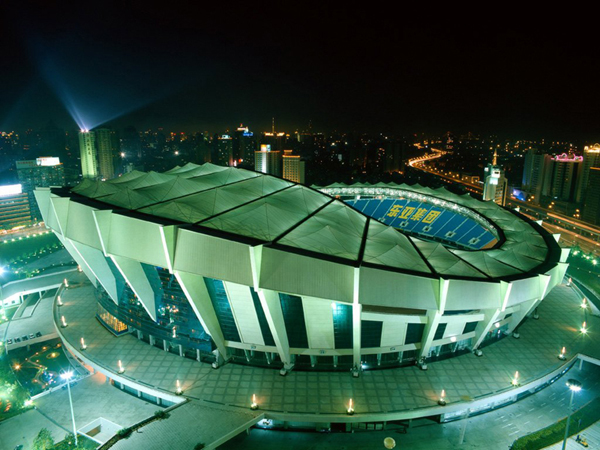Landscape lighting is the use of light sources to illuminate the objective existence of the carrier. In space, the light source, the carrier, and the viewpoint are three elements. To this end, we refer to the purpose of the purpose, space, time attribute analysis, the beautification of urban lighting is called landscape lighting.

  Shanghai landscape lighting features
1. The flood-lighting group of modern European architecture represented by the Bund.
2. A modern building lighting group represented by Lujiazui in Pudong New Area. Lighting Engineer Community
3. The window represented by Huaihai Road is brightly lit with light tunnels and building lights.
4. The ancient Chinese architectural lighting group represented by the Yu Garden.
5. The "line type" landmark structure lighting group represented by bridges and elevated roads.
6. Commercial Tourism Street represented by Nanjing Road Pedestrian Street.
7. The square dance beauty effect light represented by the Xujiahui area.
8. French courtyard lighting represented by People's Square, Xinhua Road and Hengshan Road.
It can be seen that in the process of landscape lighting construction, the rational application of various light sources is the basis. In order to fully express the obvious local features of these buildings, some distinctive buildings use floodlights, internal light and other technologies to show the vivid three-dimensional effect of the building.
Landscape lighting is the use of light sources to illuminate the objective existence of the carrier. In space, the light source, the carrier, and the viewpoint are three elements. To this end, we refer to the purpose of the purpose, space, time attribute analysis, the beautification of urban lighting is called landscape lighting.
Night lighting design requirements and principles
1. According to the level of regional economic development and the historical and cultural characteristics of the city, we should formulate corresponding nightscape plans.
2. In accordance with the corresponding planning requirements, in the new construction, change the construction timing to consider the content of night lighting.
3. Lighting designers should understand the characteristics, functions, styles, social historical background and status of the lighting objects, the facing materials and the surrounding environment, especially the creative and design intent of the architects and garden designers, as well as the users. Requirements for night lighting.
4. Illumination, brightness, selection of light source, lamps and electrical, network control systems must be designed, constructed, commissioned and accepted in strict accordance with relevant standards. In the absence of standards, design should be based on similar standards at home and abroad.
5. The brightness and color of the object to be illuminated must be different from the surrounding environment, and it must be harmoniously coordinated.
6. Use color light with caution. It is necessary to use the light color reasonably according to the texture of the surface material of the object.
7. The cloth light tries to avoid the sight of the person, and the light is not visible.
8. Focus on energy saving and emission reduction. Design lighting solutions using energy efficient luminaires by selecting reasonable illuminance standards. Shunt control. Reduce energy consumption.
9. The lighting equipment used in the project should be easy to maintain and mature.
10. Prevent light pollution.
